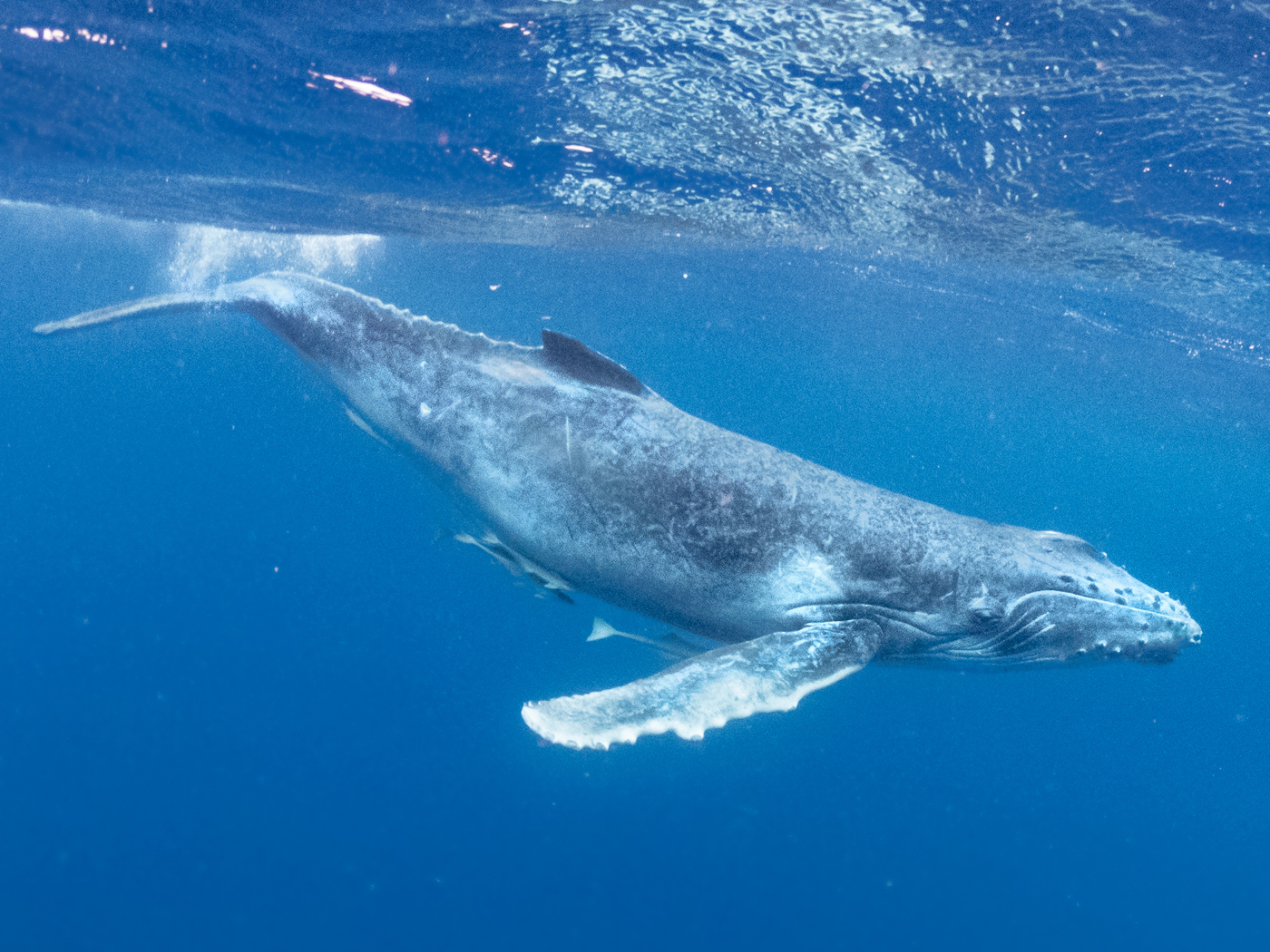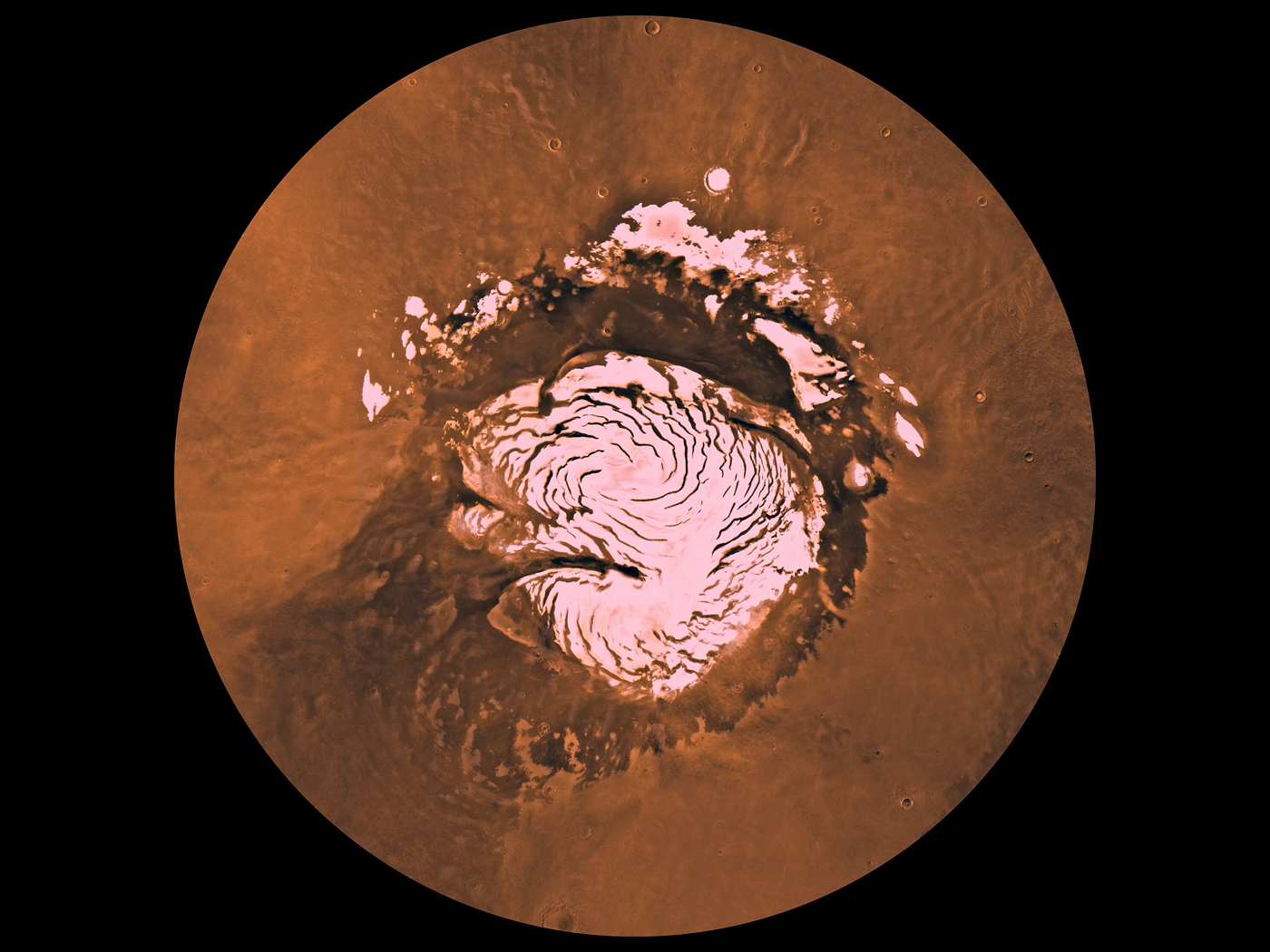Researchers cannot seem to figure out how the first living cell came from a soup of inert chemicals using only the forces of nature and time.
Some time ago, the concept of an “RNA world” was invoked to salvage the sinking evolutionary paradigm. Since DNA and protein were evidently too difficult to spontaneously generate, researchers posited that the first life was RNA-based. The “RNA world” ran in the news1 and made its way into textbooks.2 However, the theory is being quietly abandoned because of the dramatic instability of RNA—it could not last long enough to evolve.
Today, researchers have a new hope: diamonds.
German chemists at the University of Ulm found that when diamonds are treated with hydrogen, thin layers of water form on their surfaces. They also found that diamonds conduct electricity, and propose that these properties, in conjunction with nearby biochemicals, could have sparked the first living cell. Their research will appear in the August issue of the American Chemical Society’s Crystal Growth & Design.3
The find may inspire new experiments with electrified diamonds placed in tubes of organic soup. However, this promises to demonstrate the same deficiencies as the famous 1953 Miller-Urey experiment,4 which only succeeded in forming a black sludge from electric sparks in special gases. The gooey tar contained trace amounts of some simple chemicals—tiny pieces of molecular machines, like broken rivets off an airplane. At the time, this experiment was heralded as evidence for the possibility of a spontaneous generation of life.
However, in that experiment, “newly sparked” chemical products were isolated from the electric current for protection. This also isolated them from any further development. The generated chemicals were also extremely simple, small, and diluted in comparison to the large and complex molecules found concentrated in living cells. Also, the chemicals were mixed, not separated into right or left-handed forms.5 Finally, the experiment, though carefully planned, produced a randomized mixture with none of the complex arrangement of parts (i.e., the necessary organization) that is found in living cells.
An honest evolutionary scientist has admitted that “decades of persistent failure to create life by the ‘spark in the soup’ method (or to find such productions in nature) have caused some researchers to seek other approaches to the great enigma.”6 Adding diamonds to convert soup into cells promises no more success than adding meteors, RNA, or chemists. Blind faith seems to be required to insist, diamond or not, that any natural process can spontaneously generate life. An informed faith can infer a more sufficient cause for the origin of complex living cells: an all-wise Creator.
References
- Study Offers Insights into Evolutionary Origins of Life; Artificial Enzyme Able to Synthesize RNA. Whitehead Institute for Biomedical Research press release, issued May 17, 2001, accessed online July 29, 2008.
- Stryer, L. 1995. Biochemistry, 4th Ed. New York: W.H. Freeman and Company, 115-116.
- Britt, R. R. Diamonds May Have Jump-started Life on Earth. Posted on LiveScience.com July 26, 2008, accessed July 29, 2008.
- Miller, S. A. 1953. Production of Amino Acids Under Possible Primitive Earth Conditions. Science. 117: 528-529.
- The “handedness” of molecules is essential for correctly functioning biochemical processes. See McCombs, C. 2004. Evolution Hopes You Don’t Know Chemistry: The Problem With Chirality. Acts & Facts. 33 (5).
- Milner, R. 1993. The Encyclopedia of Evolution: Humanity’s search for its origins. New York: Henry Holt, 274.
* Mr. Thomas is Science Writer.
Article was posted on August 1, 2008.
















